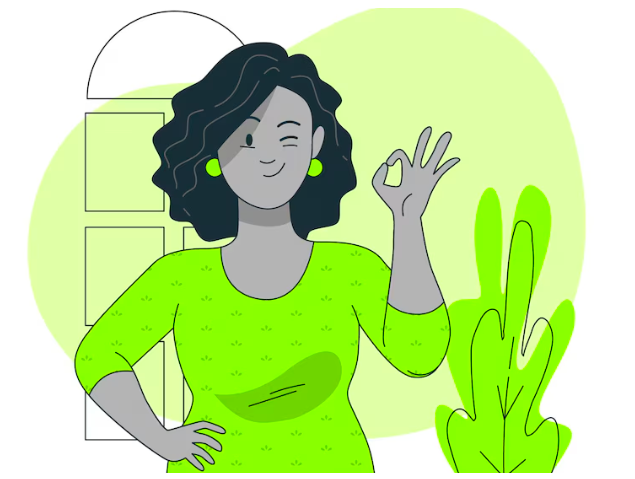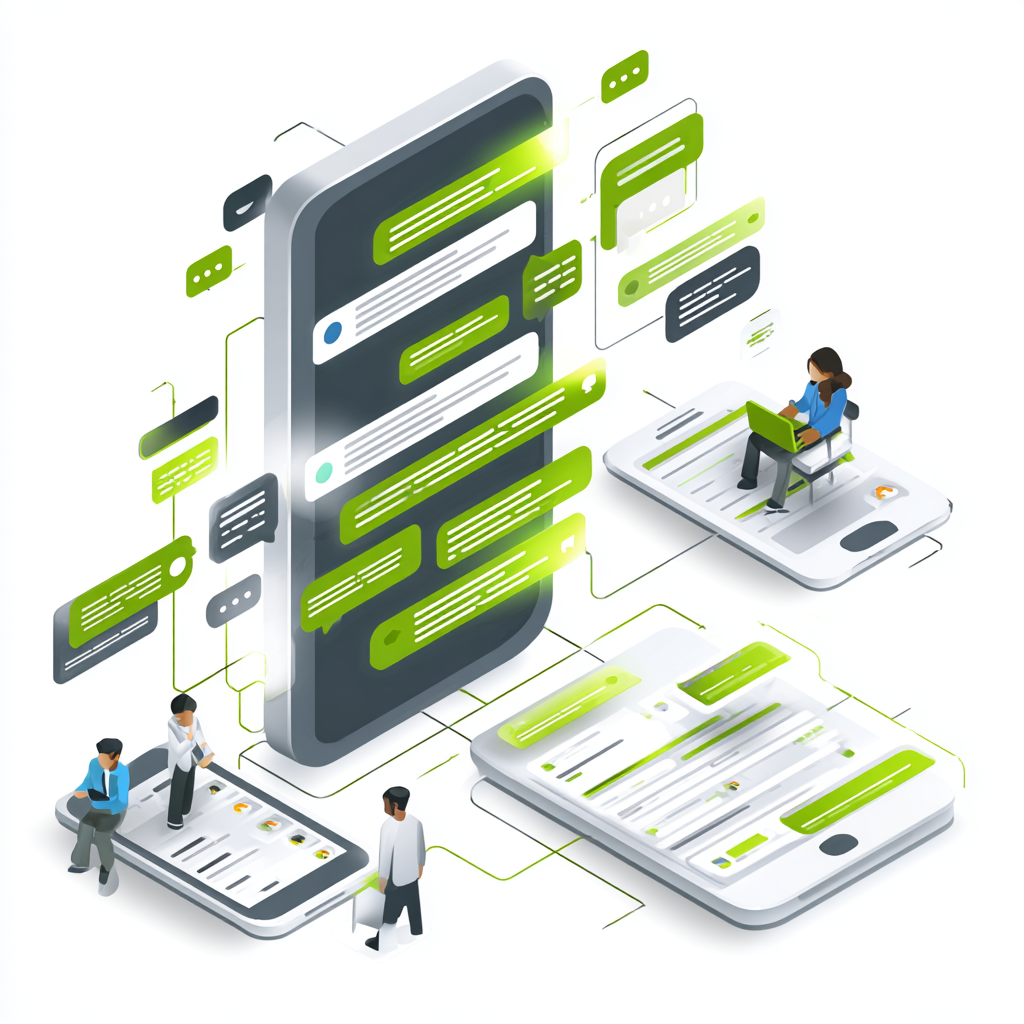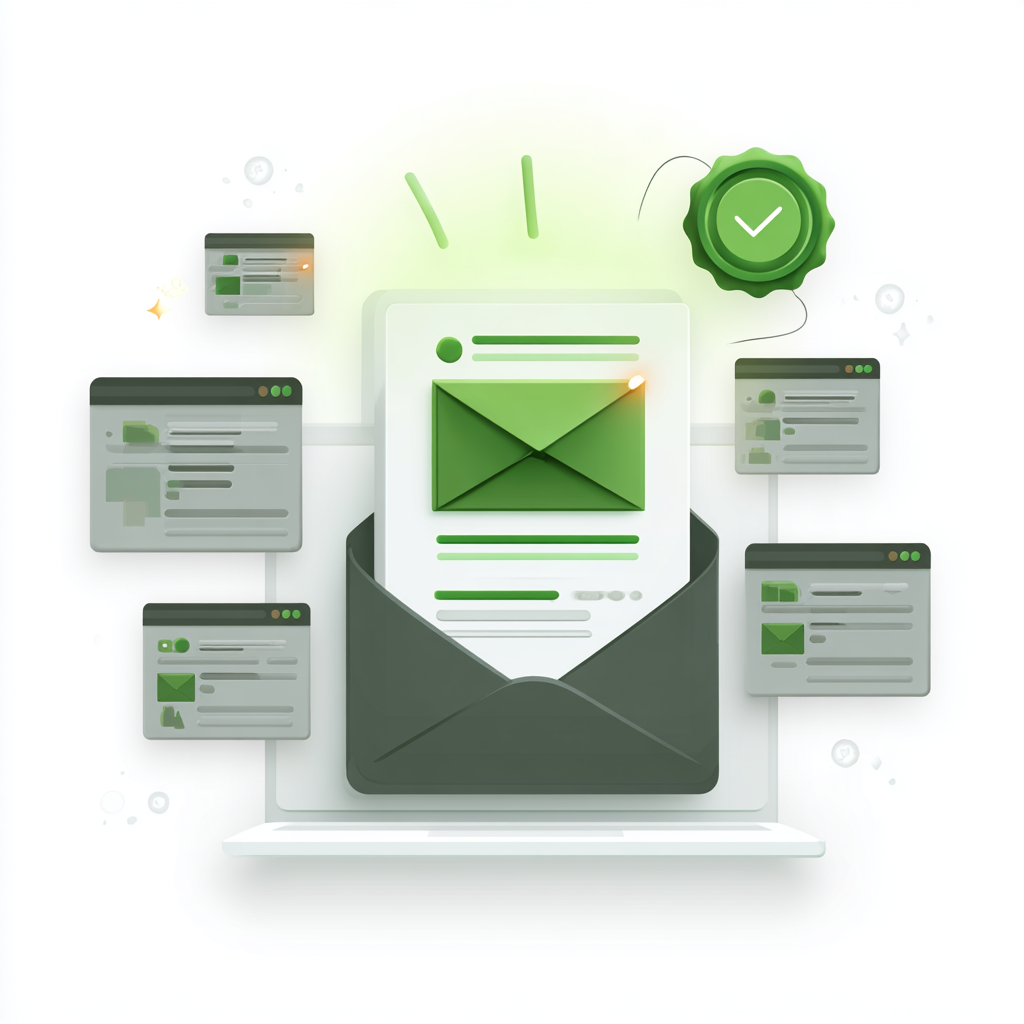Personalization can deliver a great customer experience and turn a one-time buyer into a loyal fan. Customers want to feel known, understood, and cared for. When businesses get this right, they stand out and grow fast. Today, customers have endless choices. What makes them stay is how well you understand them. Choosing to personalize customer experience makes people feel special, and they are more likely to trust your brand, return, and even recommend you to others.
What is customer experience personalization?
Personalization in customer experience means tailoring every touchpoint to each person’s unique needs, preferences, and behaviours. It is not just about using someone’s name in an email. It involves understanding what they like and need, as well as how they interact with your brand. Personalization works across different channels. The goal is the same for emails, SMS, websites, and voice calls. Make your customers feel like your message was meant just for them.
Why personalization matters to your business
Customers want to feel seen, not just sold to. They pay attention when they receive messages that speak to their real interests or solve a problem they care about. This connection is what turns casual buyers into loyal customers. Here is what personalization brings to your business:
1. Stronger customer loyalty
Customers stay with brands that treat them like individuals. A simple name in a message, a tailored offer, or a timely check-in builds an emotional connection. When people feel understood, they are less likely to leave.
2. Higher engagement
Generic messages often get ignored. However, when a message aligns with customers’ wants or needs, they are more likely to engage with it. They open your messages, click your links, and respond to you. Personalized communication grabs attention and holds it.
3. Better conversion rates
Relevance drives results. When you show customers the right offer at the right time, they feel ready to act. No long searches or second-guessing. Just a clear fit. Personalization reduces friction and makes it easier for people to say yes.
4. Increased customer lifetime value
A personalized experience makes people feel welcome. They buy more often and stay longer. Over time, this increases how much they spend with your business. When the journey feels personal, the relationship deepens, and so does the value.
5. Competitive advantage
Many brands continue to send the same message to everyone. When you take the extra step to personalize, you stand out. It shows customers that you are listening and responding to their needs. This creates a stronger bond and gives you an edge others will struggle to match.
Key elements of customer experience personalization
Getting personalization is about understanding real people and treating them as individuals. Below are ten essential elements that every business should focus on to create customer experiences that feel natural, helpful, and connected.
1. Accurate customer data
Great personalization begins with solid data. You need more than just a name. Examine what customers purchase, where they reside, what they click on, and how frequently they return. This kind of insight shows you who they are and what they want. The goal is to build a clear, living picture of each customer.
2. Smart segmentation
Not all customers are the same. Group them by behaviour, location, age, or interest. One customer might be loyal but quiet, while another only shops during sales. When you understand these patterns, you can create content that feels personal even when sent to a group.
3. Real-time engagement
Timing is part of the experience. Respond immediately if someone clicks on a product or signs up for a list. Do not wait. A message that arrives seconds later feels connected to the action. A late one feels like an afterthought.
4. Omnichannel consistency
Customers do not stick to one channel. They read your SMS, check your website, and message you on social media all day. What they see and hear should feel the same across every touchpoint. That means the same tone, the same offer, and the same brand voice. Omnichannel is not just about presence. It is about flow. A good handoff between channels builds trust.
5. Contextual messaging
Every customer action creates a story. When someone adds an item to their cart but leaves, that is a message. When they visit a page three times, that is another. Your response should match the moment.
6. Personalized product suggestions
Guesswork does not work anymore. If a customer buys a blender, offer recipes or smoothie cups. Use past purchases to make helpful suggestions. People appreciate recommendations that make sense.
7. Behavior tracking
Every click, scroll, and tap conveys a message. It tells you what the customer finds useful or interesting. Behavior tracking helps you learn silently in the background. Over time, patterns emerge. You see what works and what does not.
8. A human tone
Nobody wants to talk to a robot. Speak like someone who understands the customer’s world. Keep your tone easy, kind, and clear. Even when using automation, avoid cold phrases or stiff wording.
9. Respect for privacy
Personalization only works when trust is present. Be honest about what data you collect and how you use it. Never go beyond what was shared freely. Customers need to feel safe.
10. Continuous feedback and learning
You will not get everything right the first time. And that is fine. Ask customers what they think. See what messages get clicks or replies. Learn from what they ignore, too. Feedback helps you grow.
How to personalize customer experience with Arkesel
Arkesel provides the tools you need to personalize customer experience across different channels. From SMS and voice messages to email and USSD, you can create unique journeys for your audience.
1. Use SMS personalization
Arkesel’s SMS platform lets you send messages using custom fields. Insert the customer’s name, product preferences, or local store details. A message that says “Hi Ada, your new dress is ready for pickup at our Yaba store” hits differently than a generic one.
2. Set up trigger-based campaigns
Trigger campaigns based on customer actions. For instance, when someone orders, send them a thank-you SMS immediately. Remind them of a discount when they have not returned in a week.
3. Personalize voice messages
Use voice messages that feel human and specific. Arkesel allows you to record voice messages and personalize them with names or relevant details. This is ideal for sending appointment reminders or requesting feedback.
4. Tailor email campaigns
Emails do not have to be boring. Segment your email list using Arkesel’s tools and send content that fits each group. Recommend products, offer helpful tips, or say thank you. Make it personal.
Best practices for personalizing customer experience
Want to make your personalization truly effective? These best practices will help you connect more effectively with your audience and foster long-term relationships.
1. Be respectful with data
Use data with care. Collect only what you need and always explain why. Customers deserve to know how their information is used. When you are transparent, they are more likely to trust you. Respect is the foundation of any lasting connection.
2. Avoid over-personalization
There is a fine line between helpful and creepy. If your messages feel too specific, customers might pull away. Focus on being useful, not invasive. Share suggestions and reminders that make sense. Leave out the details that feel too personal.
3. Test and learn
Not every message will land the first time. That is normal. Try different formats, tones, and times of day to find what works best for you. Watch what works and build on it from there. Testing helps you understand your audience better. Personalization gets stronger when it is based on results.
4. Keep it human
Automation can save time, but your message should still convey a personal touch. Avoid robotic phrases. Use simple, warm language. People respond better when they feel someone is talking with them, not at them. A human tone makes a big difference.
5. Be timely
Timing adds power to personalization. A message that arrives late loses its effect. Use tools that help you send messages immediately after a customer takes action. The right moment makes it feel thoughtful, whether a welcome message or a product suggestion.
Improve customer loyalty through personalized experiences
Customers are not only buying products, they are buying a connection. They want to feel noticed, valued, and understood. Personalizing their experience does more than meet a need. It shows that your brand sees them as people, not just buyers. Every message, suggestion, or response becomes a way to build trust and warmth. To achieve this, start by truly knowing your customers. Use the right data and tools to meet them where they are. Arkesel makes it easy to personalize every step of their journey from the welcome message to after-sales follow-up. When the experience feels personal, customers stay. They trust you, return, and bring others with them. That is how loyalty grows.





